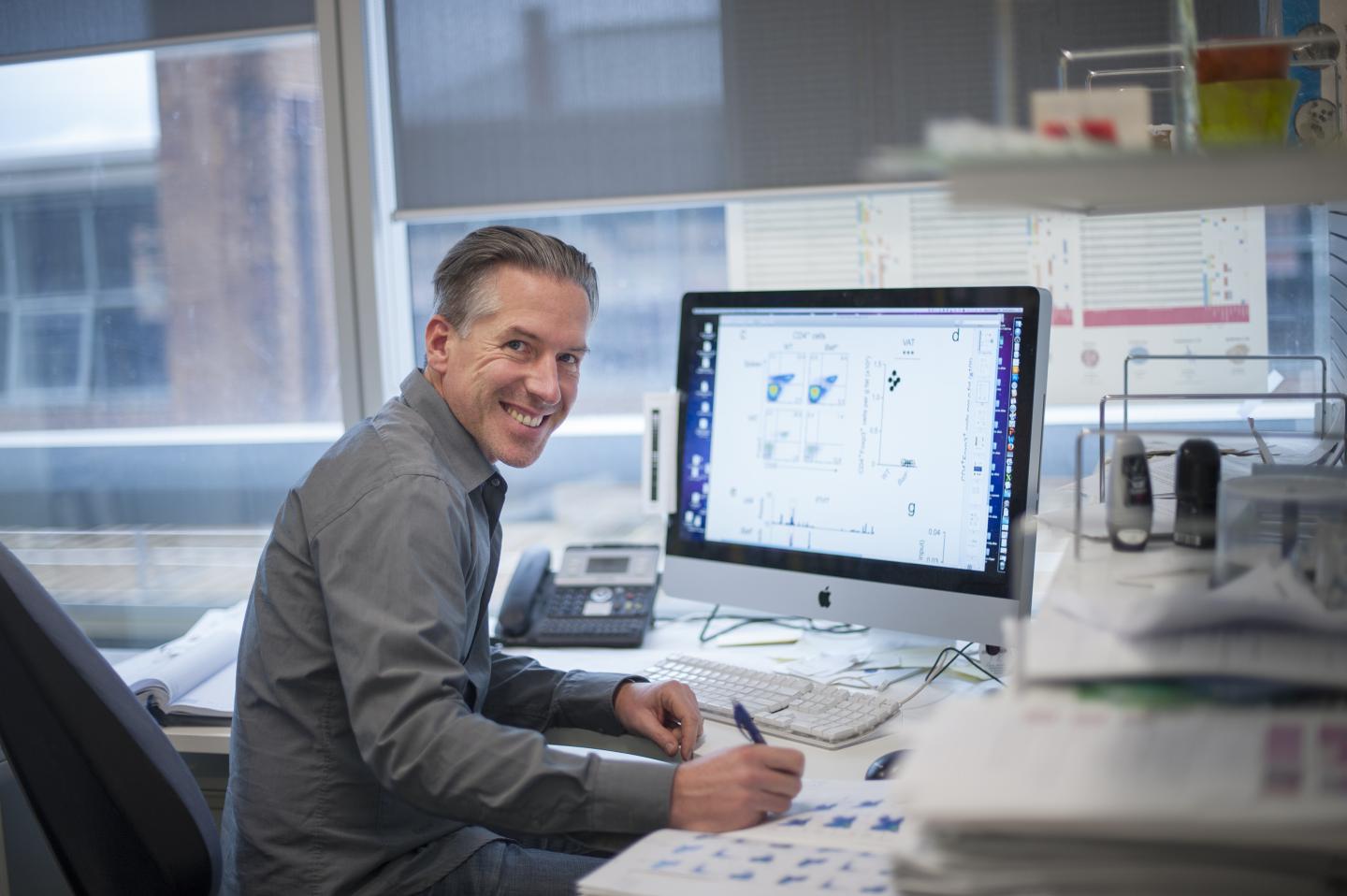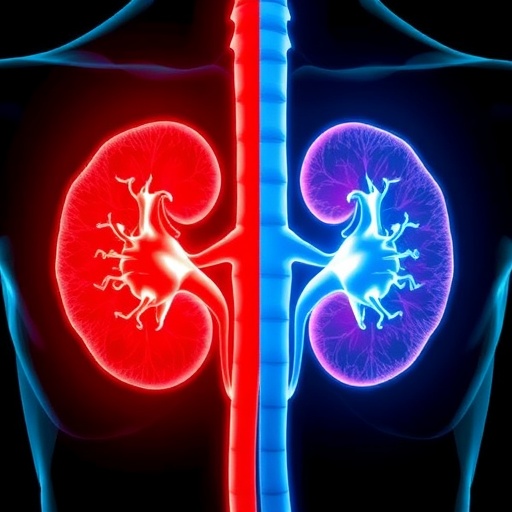
Melbourne researchers have uncovered the genes responsible for the way the body fights infection at the point of 'invasion' – whether it's the skin, liver, lungs or the gut.
Research led by Dr Axel Kallies and Dr Klaas van Gisbergen at the Walter and Eliza Hall Institute of Medical Research, and Dr Laura Mackay from the University of Melbourne at the Peter Doherty Institute for Infection and Immunity has identified the genes Hobit and Blimp1 and found that these genes control a universal molecular program responsible for placing immune cells at the 'front lines' of the body to fight infection and cancer.
The presence of these organ-residing cells, which differ strikingly from their counterparts circulating in the blood stream, is key to local protection against viruses and bacteria.
Walter and Eliza Hall Institute's Dr Kallies said the human body was fighting disease-causing pathogens every minute of its life.
Dr Kallies said identifying how immune cells remain in the part of the body where they are needed most was critical to developing better ways to protect us from infections such as malaria or HIV.
"Discovering these 'local heroes' and knowing how the localised immune response is established allows us to find ways to ensure the required cells are positioned where they are needed most," Dr Kallies said.
"This research will help us understand how immune cells adapt, survive and respond within the organs they protect. This is critical to rid the body of pathogens even before they are established and may also have implications for understanding how the spread of cancer could be prevented."
The Doherty Institute's Dr Laura Mackay, who is also an associate investigator with the Australian Research Council Centre of Excellence in Advanced Molecular Imaging, said the factors that control the 'tissue-residency' of immune cells – their ability to locally reside in different organs of the body – was previously unknown.
"These results have major implications for developing strategies to induce immune cells in tissues that protect against infectious diseases," Dr Mackay said.
"It's a crucial discovery for future vaccine strategies – Hobit and Blimp1 would be key to placing immune cells in the tissues, which we know are really important for protection."
The findings have just been published in the journal Science.
###
This research was supported by the Victorian State Government Operational Infrastructure Support and the Australian Government National Health and Medical Research Council Independent Research Institute Infrastructure Support Scheme.
Media Contact
Ebru Yaman
[email protected]
042-803-4089
@WEHI_research





